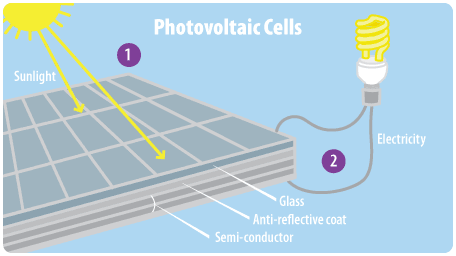Using solar energy can have a positive indirect effect on the environment when solar energy replaces or reduces the use of other energy sources that have larger effects on the environment.
How might solar panels affect the ongoing environmental crisis.
They also produce electric magnetic fields which hinder the natural activities of its surrounding.
Heavy discharge of pollutants.
Impacts to vegetation wildlife wildlife habitat and sensitive species.
They also contain lead cadmium and other toxic even carcinogenic chemicals that cannot be removed without breaking apart the entire panel.
Potential impacts to specially designated areas.
11 and sunrun has deployed 879 megawatts of energy of solar panels to hundreds of thousands of customers across america.
Visual cultural paleontological socioeconomic and environmental justice impacts and potential impacts from hazardous materials.
According to the us department of energy the lifespan of a solar panel will typically span 20 to 30 years depending on the environment where the panels are installed.
The primary goal for most homeowners who go solar is to save money on their utility bills.
Solar energy systems power plants do not produce air pollution water pollution or greenhouse gases.
The last few years have seen growing concern over what happens to solar panels at the end of their life.
The key to solar panel efficiency.
Even the best solar panels can have their efficiencies significantly impeded by environmental factors though with proper design most if not all of these factors can be mitigated.
Solar panels using photovoltaic technologies produce clean emission free electricity resulting in strong environmental benefits.
Impacts to soil water and air resources.
Solar panels generate 300 times more toxic waste per unit of energy than nuclear power plants.
Doing so may escalate to an ecological crisis which affects the region s drainage and rainfall levels.
According to federal data however building solar panels significantly increases emissions of nitrogen trifluoride nf3 which is 17 200 times more potent than carbon dioxide as a greenhouse gas over a 100 year time period.
Utility scale solar energy environmental considerations include land disturbance land use impacts.
The problem of solar panel disposal will explode with full force in two or three decades and wreck the environment because it is a huge amount of waste and they are not easy to recycle.
V nf3 emissions increased by 1 057 percent over the last 25 years.
This number is reduced when you consider solar panels that live in areas that experience dust or snow storms regularly.
That s the equivalent of recycling roughly 540 000 tons of garbage.
These solar power systems tend to reflect light beams that may interfere with operating pathways of aircraft.
In turn the farms change local radiation.
Consider the following statements.




























